Welcome to the wonderful world of decorative rock and stone! As someone who has spent years experimenting with landscaping, I can vouch for the incredible impact that decorative stone can have on your outdoor space. It’s not just about aesthetics; decorative rock and stone can enhance the functionality of your garden or yard, too. In this article, we’ll explore everything you need to know about decorative rock and stone, delving into types, styles, applications, and much more.
What is Decorative Rock and Stone?
Decorative rock and stone are naturally occurring materials used to enhance the visual appeal of landscapes, gardens, and outdoor spaces. Unlike standard gravel or soil, these materials come in various colors, sizes, and textures, making them perfect for creative landscaping projects.
Types of Decorative Rock and Stone
When it comes to decorative rock and stone, the options are plentiful. Here’s a rundown of the most popular types:
- River Rock: Smooth, rounded stones typically found in riverbeds. Available in various sizes and colors, they provide a natural look.
- Granite Chips: Angular stones that come in various shades. Their sharp edges provide excellent drainage, making them suitable for pathways.
- Lava Rock: Lightweight and porous, lava rock is great for drainage and often used in fire pits and gardens.
- Pea Gravel: Small, round stones that are easy to walk on. Ideal for driveways, patios, and children’s play areas.
- Crushed Stone: Made from larger rocks that are crushed into smaller pieces. It’s versatile and can be used for driveways, paths, and as a base for other materials.
Benefits of Using Decorative Rock and Stone
Decorative rock and stone can dramatically transform your landscape. Here are some key benefits:
1. Aesthetic Appeal
One of the most obvious benefits is the addition of beauty and character to your outdoor space. The variety of colors and textures allows for limitless design possibilities.
2. Low Maintenance
Unlike plants that require watering, trimming, and fertilization, decorative rocks and stones require minimal upkeep. A simple rinse or occasional replacement is often all you need.
3. Erosion Control
Using rock and stone can help prevent soil erosion in sloped areas by stabilizing the ground and creating a barrier against heavy rainfall.
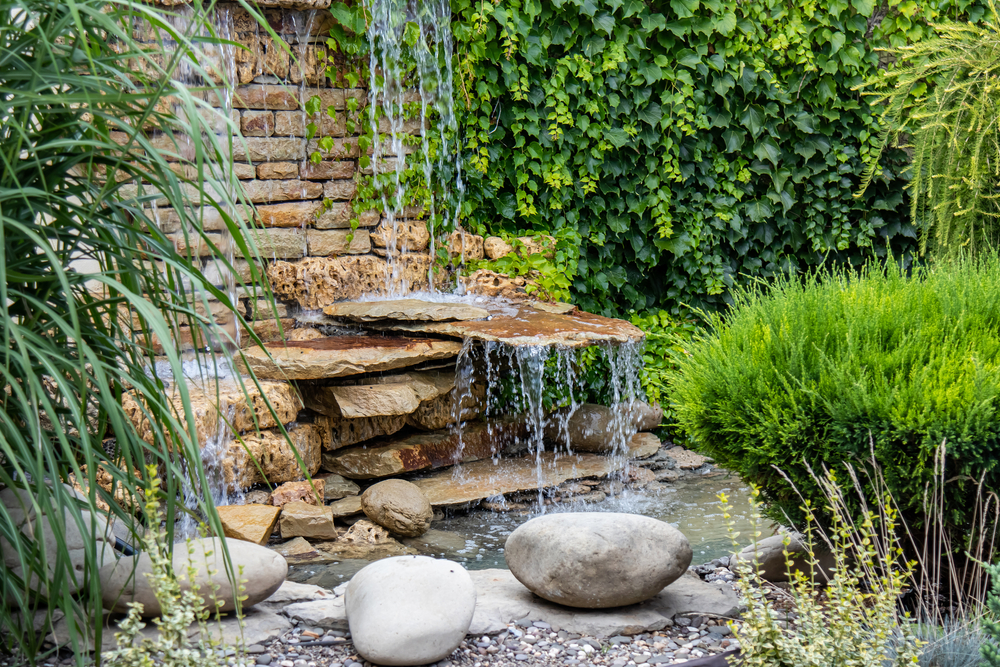
4. Weed Suppression
Covering bare soil with decorative stone can discourage weed growth, reducing the need for herbicides and manual weeding.
5. Versatility in Design
Decorative stone can be utilized in numerous ways, from creating pathways and borders to accentuating water features.
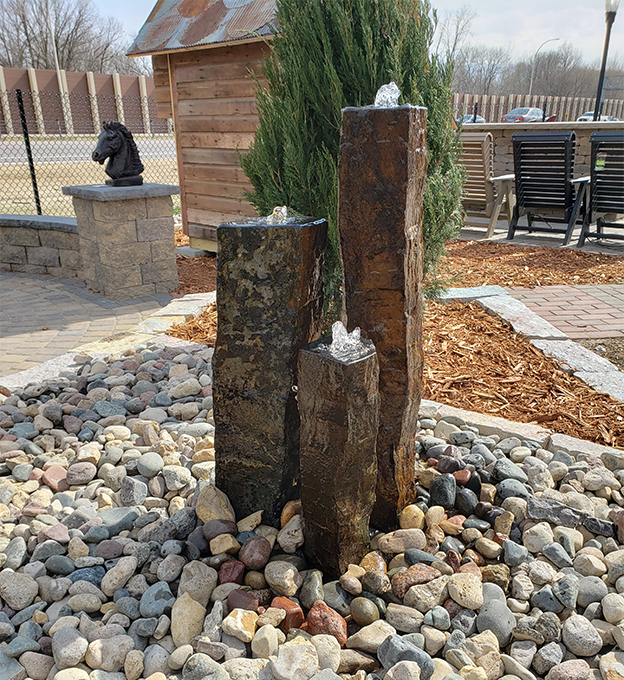
Choosing the Right Decorative Rock or Stone
With so many options available, selecting the right decorative stone can seem daunting. Here are some factors to consider:
1. Purpose
Are you looking to create a pathway, build a retaining wall, or enhance a garden bed? Understanding the intended use will help narrow down your choices.
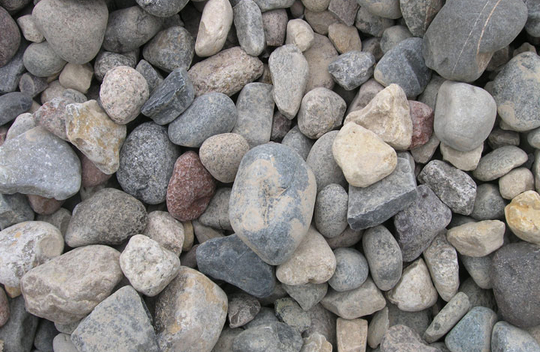
2. Color and Texture
The color and texture of the rock or stone should complement your home and the overall landscape. Take the time to visualize how different options will look in your space.
3. Size and Shape
Consider how large or small you want the stones to be. Larger stones create a more dramatic statement, while smaller stones can provide subtle enhancements.
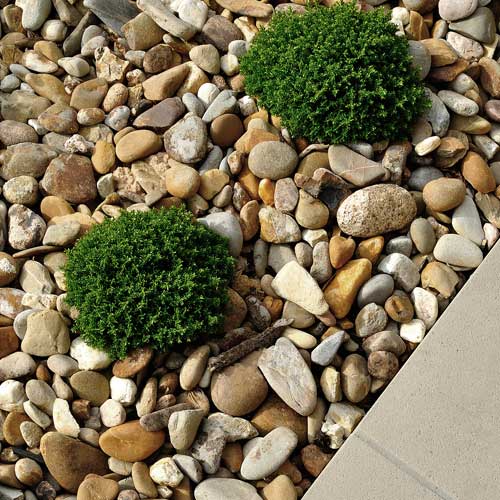
Comparison Table: Popular Decorative Rocks and Their Uses
| Type of Stone | Typical Size | Common Uses | Pros | Cons |
|---|---|---|---|---|
| River Rock | 1-3 inches | Gardens, landscaping | Smooth texture, variety of colors | Can be expensive |
| Granite Chips | 3/8 – 3/4 inches | Paths, driveways | Good drainage, durable | Edgy, can be uncomfortable to walk on |
| Lava Rock | 1-2 inches | Gardens, fire pits | Lightweight, excellent drainage | Can be dusty and messy |
| Pea Gravel | 1/4 – 1/2 inches | Paths, play areas | Easy to walk on, affordable | Shifts easily underfoot |
| Crushed Stone | 3/4 – 1 inch | Driveways, base material | Versatile, good for drainage | Can be sharp, requires a solid base |
Application Ideas for Decorative Rock and Stone
Now that you understand the different types and benefits of decorative rock and stone, let’s look at some practical application ideas that can help you get the most out of these materials!
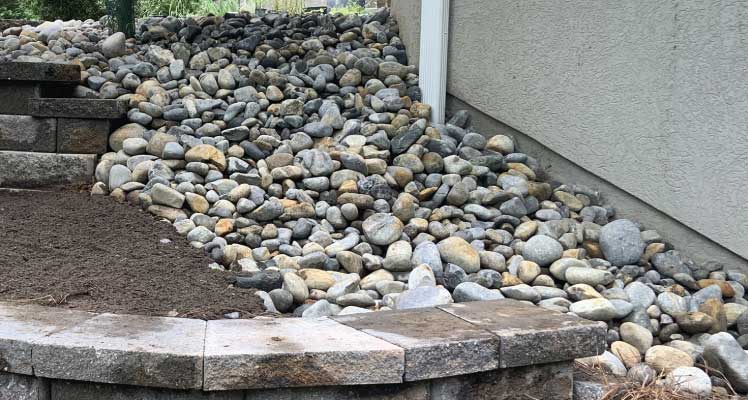
Creating Pathways
Pathways made from decorative stone can guide visitors through your garden while adding charm and interest. Consider using flat stones, gravel, or even larger rocks to create defined paths.
Building Retaining Walls
Decorative stone is an excellent choice for building retaining walls. Not only do they serve a functional purpose by holding back soil, but they can also add visual interest to your landscape.

Enhancing Water Features
If you have a pond, fountain, or waterfall, lining the edges with decorative stones can blend the features with your landscape. Choose stones that complement the colors of your water feature for a cohesive look.
Creating Rock Gardens
A rock garden can be a stunning focal point in your landscape. Combine different sizes and types of stones with low-maintenance plants to create a dynamic and beautiful display.
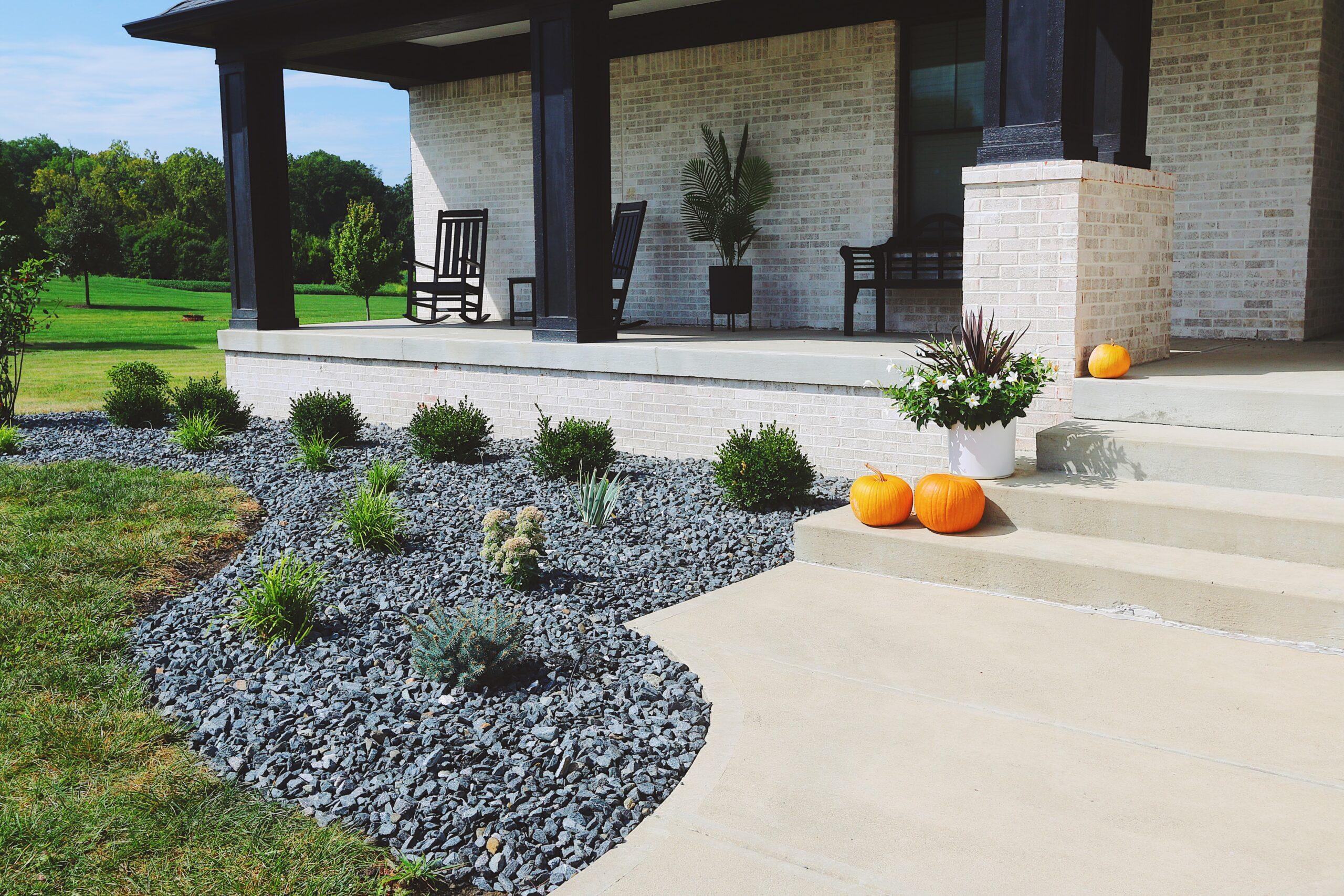
Decorative Ground Cover
Instead of traditional mulch, consider using decorative stone for ground cover. This not only looks great but also helps with moisture retention and weed control.
Installation Tips for Decorative Rock and Stone
Installing decorative rock and stone is a rewarding project that can greatly enhance your outdoor space. Here are some tips I’ve learned through my personal experiences:
1. Prepare the Area
Before you start, clear the area of grass, weeds, and debris. This will ensure that your rock or stone installation looks clean and is effective in preventing weed growth.
2. Use Landscape Fabric
Installing landscape fabric can help keep weeds from growing through the decorative stone. Cut the fabric to size and lay it down before adding your rocks.
3. Layering and Drainage
For pathways or driveways, create a base layer of larger crushed stone to provide drainage. Then, add your decorative stone on top for a finished look.
4. Edging and Borders
Consider using larger stones or timbers to create a border around your decorative stone area. This can help contain the stones and add a structured look to your landscape.
Cost Considerations for Decorative Rock and Stone
The cost of decorative rock and stone can vary widely based on several factors, including type, size, and location. Here’s what to keep in mind:
Factors Affecting Cost
- Material Type: Some stones, like natural river rock, can be more expensive than crushed stone.
- Quantity: The more stone you need, the higher the overall cost will be. Consider purchasing in bulk to save money.
- Transportation: Depending on where you buy your stone, transportation costs can add to your expenses.
Average Prices
While prices can vary, here’s a general idea of what you might expect to pay:
- River Rock: $100 – $800 per ton
- Granite Chips: $40 – $70 per ton
- Lava Rock: $50 – $120 per ton
- Pea Gravel: $30 – $50 per ton
- Crushed Stone: $25 – $45 per ton
FAQs About Decorative Rock and Stone
What is the best type of decorative stone for landscaping?
The best type depends on your specific needs. For pathways, consider pea gravel or granite chips, while river rock works well for gardens and borders.
How do I prevent weeds from growing through decorative stone?
Using landscape fabric beneath your decorative stone can significantly reduce the chances of weed growth.
Can I install decorative stone myself?
Yes, with the right tools and preparation, installing decorative stone can be a DIY project. However, larger projects may benefit from professional help.
Is decorative stone eco-friendly?
Yes! Decorative stone is a natural material that doesn’t require chemicals or fertilizers, making it an eco-friendly option for landscaping.
Conclusion
Transforming your landscape with decorative rock and stone is not only rewarding but also enhances the beauty and functionality of your outdoor space. By understanding the types, benefits, and applications, you can make informed decisions that elevate your garden or yard into a breathtaking retreat. With this guide at your disposal, you’re well on your way to creating a stunning landscape that you—and your guests—will enjoy for years to come!